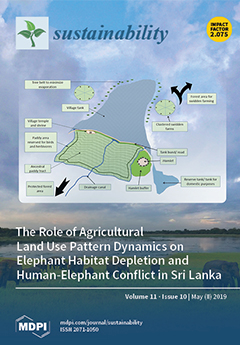Improvement in fertilization methods, including the optimal matching of nutrient supply and root nutrient absorption by applying nitrogen (N) in the root zone of crop, is necessary to improve N use efficiency (NUE), maintain high stable yield cultivation of maize, and contribute toward
[...] Read more.
Improvement in fertilization methods, including the optimal matching of nutrient supply and root nutrient absorption by applying nitrogen (N) in the root zone of crop, is necessary to improve N use efficiency (NUE), maintain high stable yield cultivation of maize, and contribute toward future environmental protection. The current practice of split surface broadcasting (SSB) of N is labor-intensive and the surface broadcasting causes a large amount of N to leach into the environment, yet it does not substantially increase maize yield. Root zone fertilization (RZF) has been identified as an efficient way to solve such problems. However, information on the appropriate amount of N fertilizer under RZF for summer maize remains limited. Therefore, in this study, a two-year consecutive field experiment was conducted during 2015–2016 in Anhui province, China, to investigate the effect of N rate and application method on grain yield, nutrient uptake, and NUE of summer maize. The method chosen is not only important to increase grain yield but also critical for reducing N rate and potential loss in the maize cropping system. The experiment comprised six N rates (90, 135, 180, 225, 270, and 360 kg N hm
−2) and two N application methods in both 2015 and 2016. The two N application methods included SSB and one-time RZF. Results showed that grain yield of summer maize increased first and then decreased with the increase of N rate; however, when the N rate increased to 270 kg hm
−2, the grain yield increased slowly or even decreased. Compared with SSB, RZF increased grain yield by 4%, and the effect of N on grain yield was mainly related to the number of kernels per ear and 1000-seed weight. One-time RZF increased N apparent recovery efficiency by 18% (7.2 percentage points) compared with SSB and also improved the N agronomic efficiency, N physiological efficiency, and N partial factor productivity. In the comprehensive consideration of yield target, NUE, and soil N balance, the optimal N rate for summer maize in the vertisol soil of Anhui province was 180–225 kg hm
−2 for one-time RZF, which reduced N fertilizer by 14% compared with the SSB. Overall, one-time RZF has great potential for green and sustainable agriculture, and thus fertilization machines are worthy of development and application in maize cropping systems.
Full article





